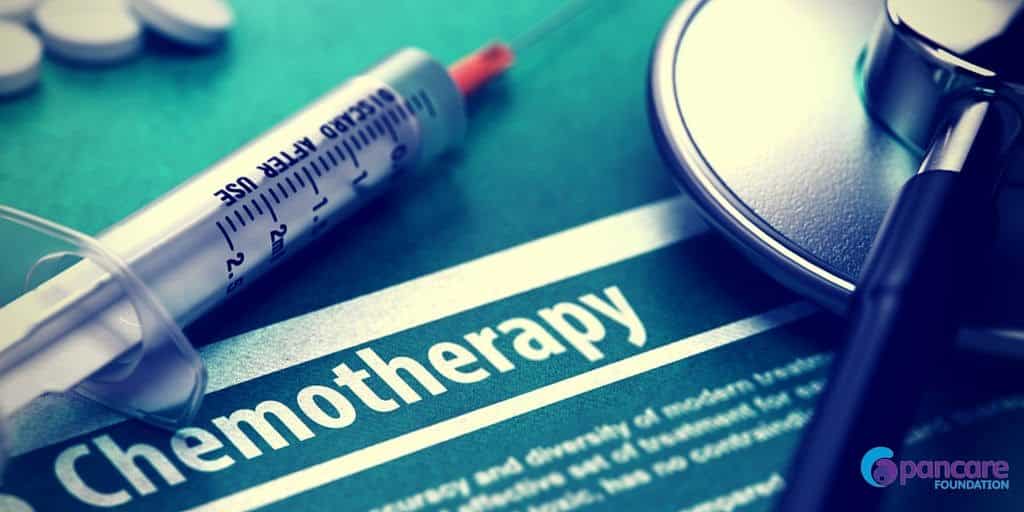Study Ids 3 Molecules that Reverse Resistance to Chemotherapy
Despite advances in chemotherapies against cancer, multidrug resistance (MDR) remains a major obstacle to positive therapeutic outcomes in adult as well as pediatric cancers. The battle against cancer is thwarted by chemotherapy failure in advanced cancers. Cancer cells initially treated with chemotherapy drugs ultimately evolve to resist the drugs. That renders chemotherapy ineffective, allowing cancers to grow and spread.
Key to cancer cell resistance are often certain proteins typically found in all cells – cancerous or otherwise – that are outfitted with beneficial mechanisms that pump away toxins to ensure a cell’s continued survival.
Nature has set it up that these pumps are prevalent throughout the body, with some areas naturally having more of the pumps than others.
The most common mechanism of MDR is overexpression of drug efflux transporters of the ATP binding cassette (ABC) family. These pumps reduce the intracellular accumulation of many anticancer drugs to sub-therapeutic levels, thus decreasing or abolishing chemotherapy efficacy.
But now, a team of researchers at Southern Methodist University have discovered three drug-like compounds that successfully reverse chemotherapy failure in three of the most commonly aggressive cancers — ovarian, prostate and breast.

“Nature designs all cells with survival mechanisms, and cancer cells are no exception,” said biochemistry professors Pia Vogel, a professor and director of SMU’s Center for Drug Discovery, Design and Delivery. “So it was incredibly gratifying that we were able to identify molecules that can inhibit that mechanism in the cancer cells, thereby bolstering the effectiveness of chemotherapeutic drugs. We saw the drugs penetrate these resistant cancer cells and allow chemotherapy to destroy them. While this is far from being a developed drug that will be available on the market anytime soon, this success in the lab gives us hope for developing new drugs to fight cancer.”
“The cancer cell itself can use all these built-in defenses to protect it from the kinds of things we’re using to try to kill it with,” John G. Wise, co-author of the study said.
The most common of these beneficial defense mechanisms is a pump protein, P-glycoprotein or P-gp, as it’s called. Another is one seen in breast and many other cancers, called breast cancer resistance protein, BCRP. In the case of cancer cells on the first round of treatment, these pumps are typically not produced in high levels in the cells, which allows chemotherapy to enter most of the cells in the tumor.
Unfortunately, in the cancer cells that don’t die, the chemotherapeutic often changes the cell, which then adapts to protect itself by aggressively multiplying the production of its defensive pumps.
Upon subsequent rounds of chemo, the P-gp and BCRP pumping mechanisms have proliferated. They effectively resist the chemotherapy, which now is much less successful, or not successful at all.
“If enough of the pumps are present, the cancer isn’t treatable anymore,” said Wise, associate professor in the SMU Department of Biological Sciences. Researchers in the field have searched unsuccessfully for compounds to inhibit the pumps that could be used in the clinic as well.
The molecules that Wise and Vogel discovered stopped the pumps.
Wise and Vogel tapped the high-performance computing power of SMU’s ManeFrame, and sorted through 15 million commercially available drug-like compounds made publically available form from the pharmacology database Zinc at the University of California, San Francisco.
They then ran the compounds through a computer-generated model of P-gp with the help of ManeFrame. The reason they specifically did this is because, P-gp is virtually omnipresent. “It’s in your dog, it’s in your cat, it’s in yeast cells, it’s in bacteria, it’s everywhere,” Wise said. “Why is it everywhere? Because it’s a really wonderful solution to the problem of getting toxins out of a cell. P-gp is a tremendously sophisticated evolutionary solution to that problem. And as with most things in biology that work well, everybody gets it, because if you don’t have it, you didn’t survive.”
Biologists say that P-gp can pump out 95 of 100 chemotherapeutics, indicating it can grab almost any drug and throw it out of a cell.
Ultimately, of the 15 million drug-like compounds that were virtually screened, the researchers found 180,000 that in the computer were predicted to interact strongly with the ATP harvesting power plant part of the pump motor.
From those, Wise and Vogel eliminated the ones that interact well with the pump part. Roughly 0.15 percent survived- several hundred. From there, they bought and tested in the lab a number of the remaining molecules.






























